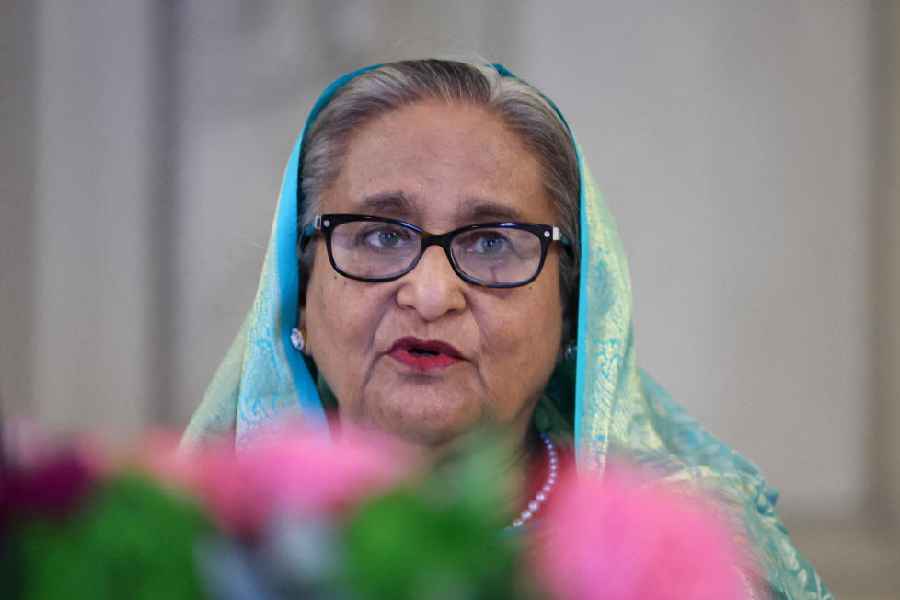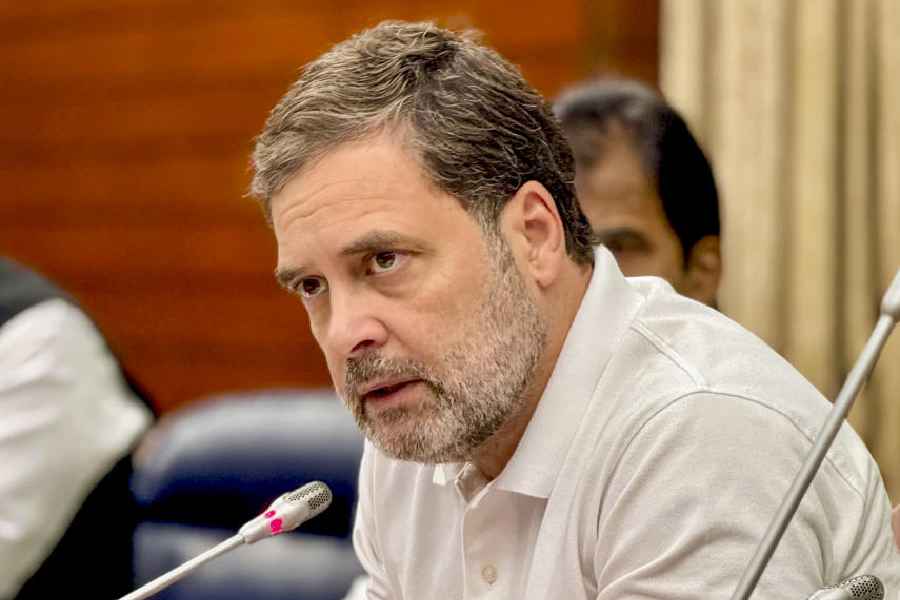Bangladesh’s ousted Prime Minister, Sheikh Hasina, and senior officials orchestrated a centralised programme of enforced disappearances with thousands of likely victims, a commission set up by the country’s interim government said in a preliminary report.
The full extent of the practice during Hasina’s 15-year rule started becoming apparent after she was toppled this summer and fled to India amid widespread protests against her authoritarian turn.
In the chaotic vacuum after her fall, families of the disappeared camped outside government offices and military barracks seeking news of their loved ones. Victims who had spent years in underground cells without seeing daylight came out to share their stories, including in detailed accounts in The New York Times.
Members of the commission, led by a retired judge, Mainul Islam Chowdhury, said they had received more than 1,600 reports of enforced disappearances since they began their work in late August, but they estimated the actual number of victims, mostly political opponents and dissenting voices, at two or three times that.
The report said that the practice had a “central command structure” and “was systematically designed over 15 years to remain undetectable”. It operated in a top-down manner, implicating Hasina and her closest lieutenants, most of whom have fled the country.
The commission identified at least eight secret facilities where detainees had been held, and relays accounts of what it described as institutionalised torture.
In a preliminary report presented on Saturday to Muhammad Yunus, the Nobel Peace Prize laureate who is Bangladesh’s interim leader, it called for the disbanding of the Rapid Action Battalion, which had started as a counterterrorism force with US and British training but became notorious for widespread abuses.
“We collected eyewitness accounts, chain-of-command details and information about how directives were issued,” said Nur Khan Liton, a member of the commission. “These details were gathered from individuals who were directly involved.”
Leaders of Hasina’s party rejected the commission’s findings as politically motivated, saying it was an effort to tarnish her strong record of combating terrorism.
“This is a made-up story,” said A.F.M. Bahauddin Nasim, a senior leader of the Awami League. “It is nothing but to mislead, to assassinate her character and to diminish her in front of people.”
Sanjida Islam Tulee, a co-founder of a victims’ group called Mayer Daak, or the Mother’s Call, said the commission was not helping with healing or closure by sharing its findings with Yunus’s office and not victims’ families.
“If they have the information, it should be made public to these families who need it the most, rather than a statement,” said Tulee, whose brother Sajedul Islam Sumon disappeared in 2013. “I think the priority is to inform the families who are actually waiting.”
The report, a shortened version of which was shared with journalists by Yunus’s office, said the disappearances were the work of several units across various security forces who often worked in a coordinated manner, moving victims from one facility to another to maintain deniability.
It described how targets would be tracked through phone surveillance, abducted by security forces often in plain clothes, and held in secret facilities where torture was “not only systemic but also institutionalised”. In one instance, a victim’s “lips were immediately sewn without the use of any anaesthetic”, the victim describing it as “akin to stitching cowhide”. In another, a middle-aged man told the commission that his “genitals and ears were electrocuted”.











